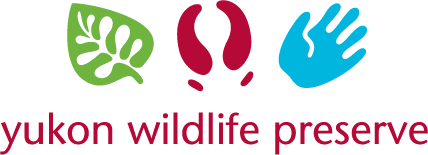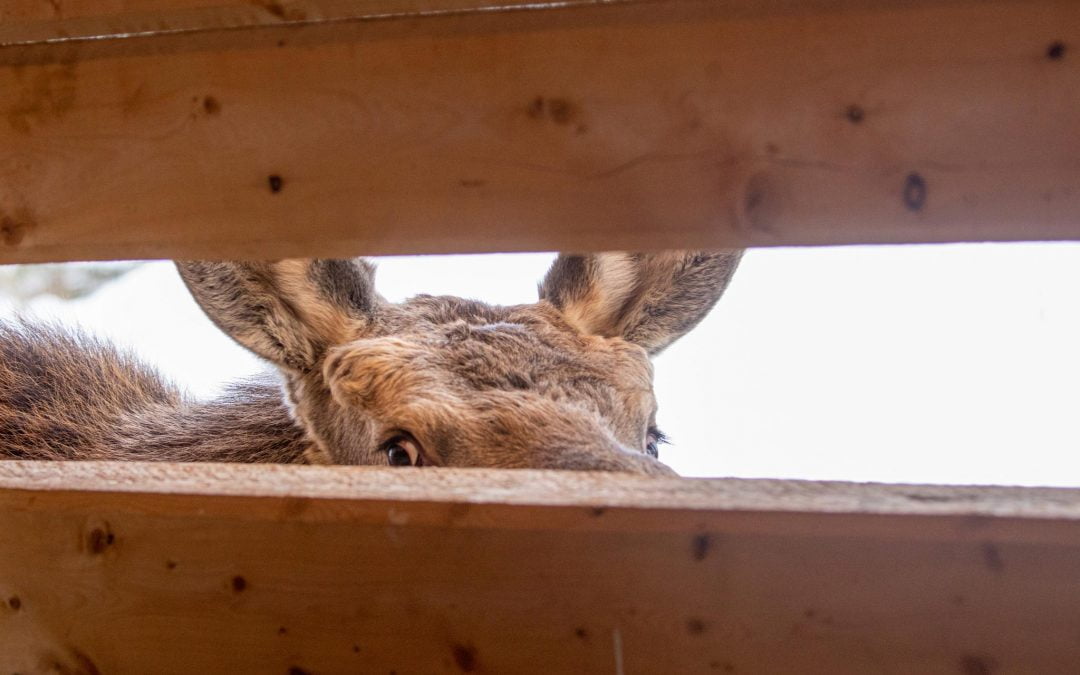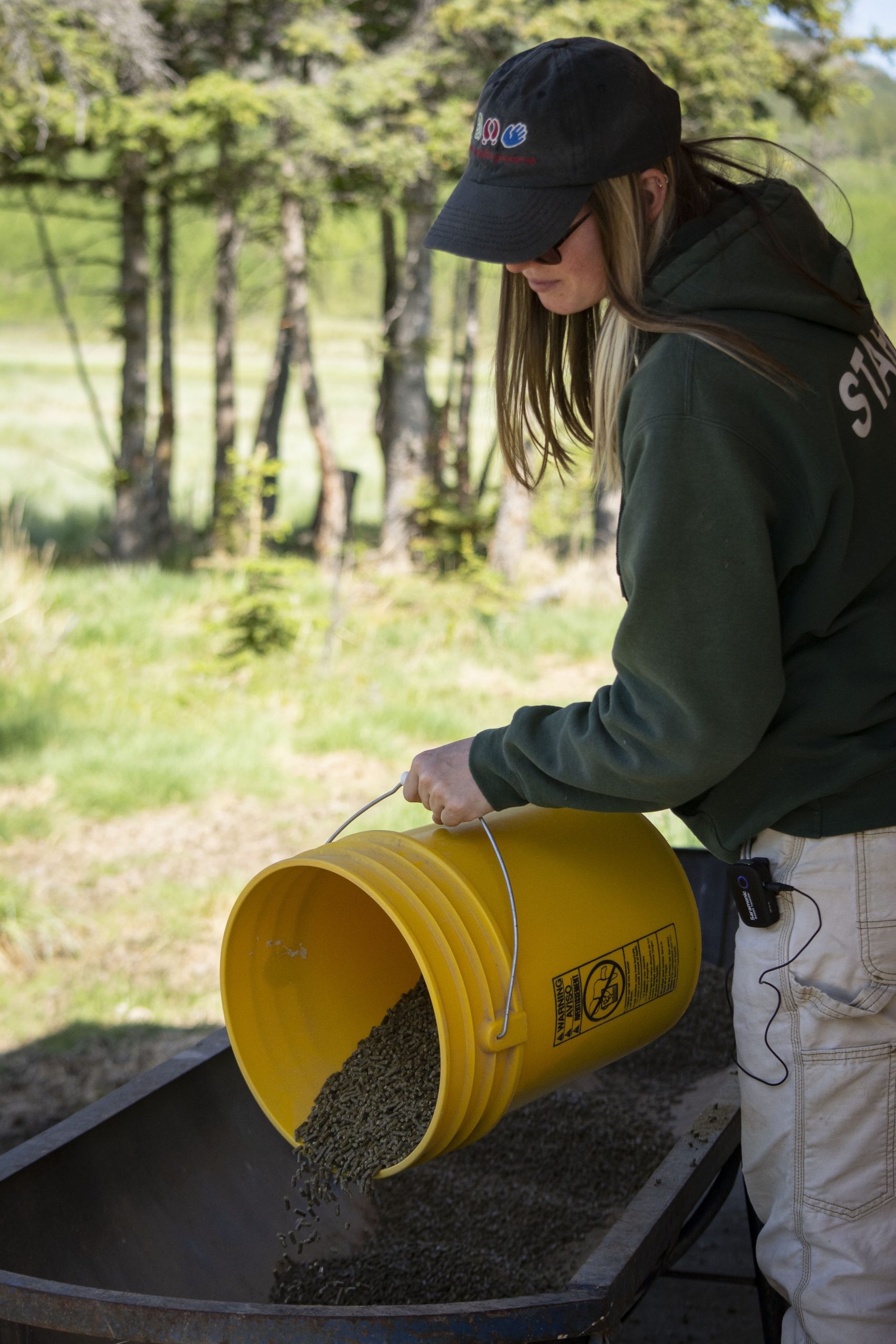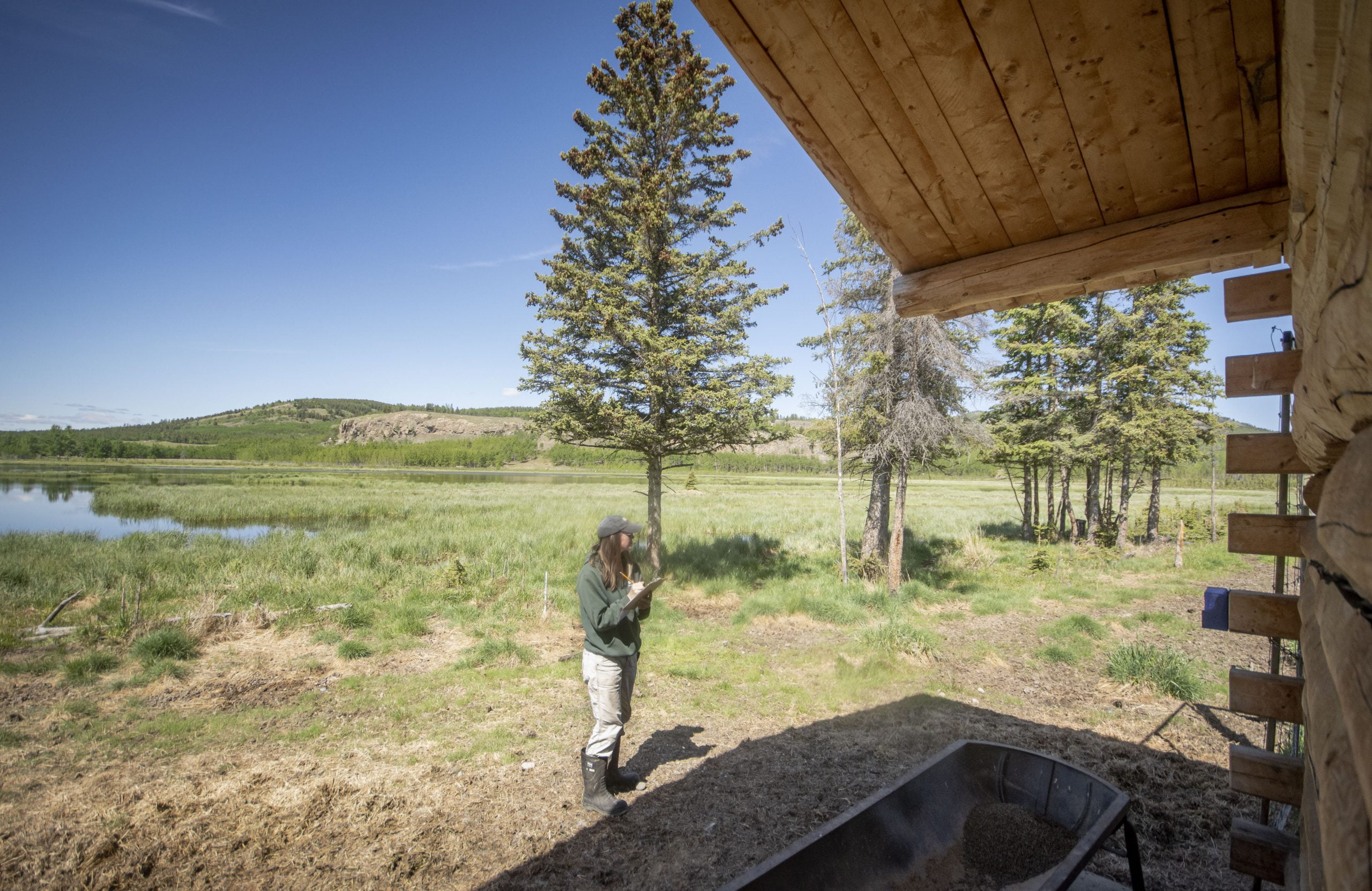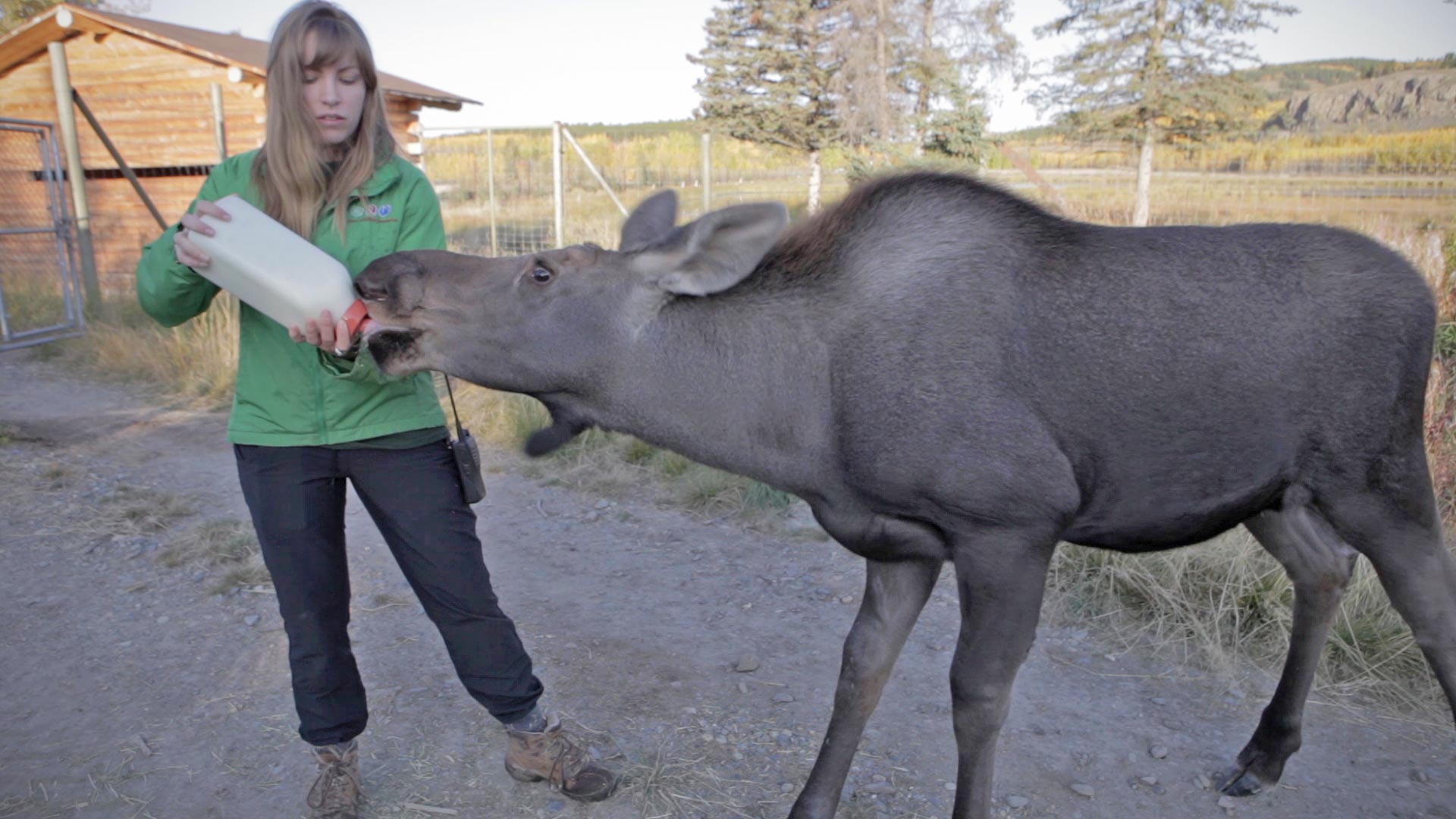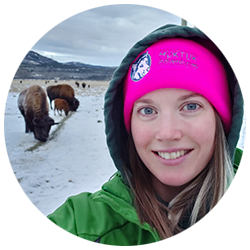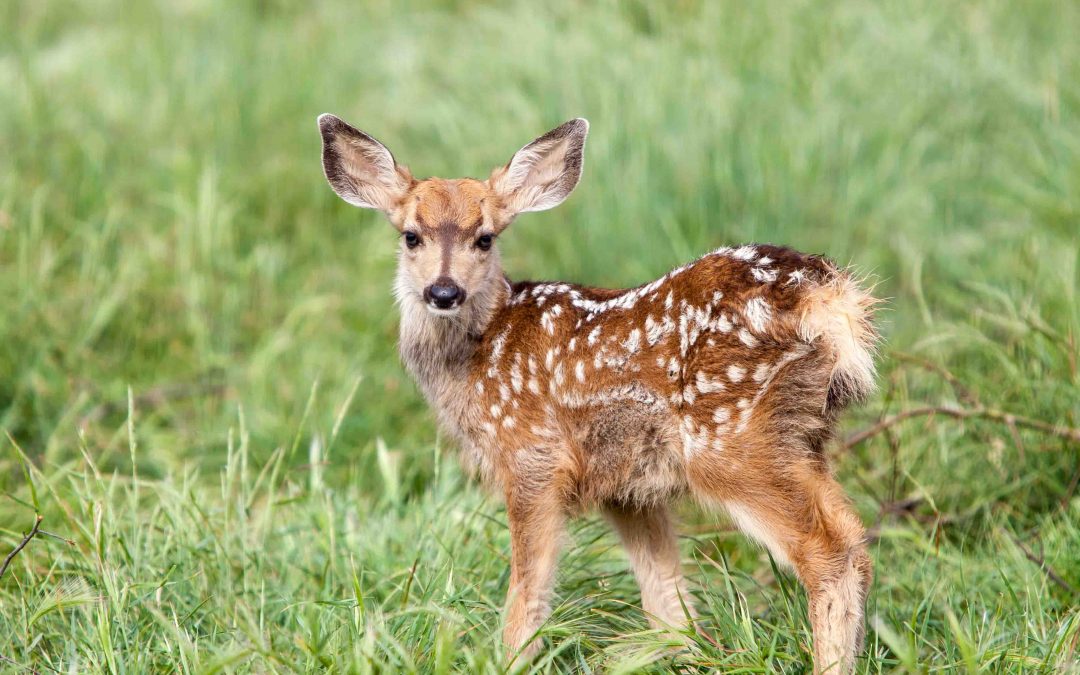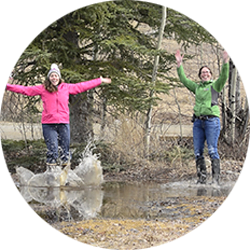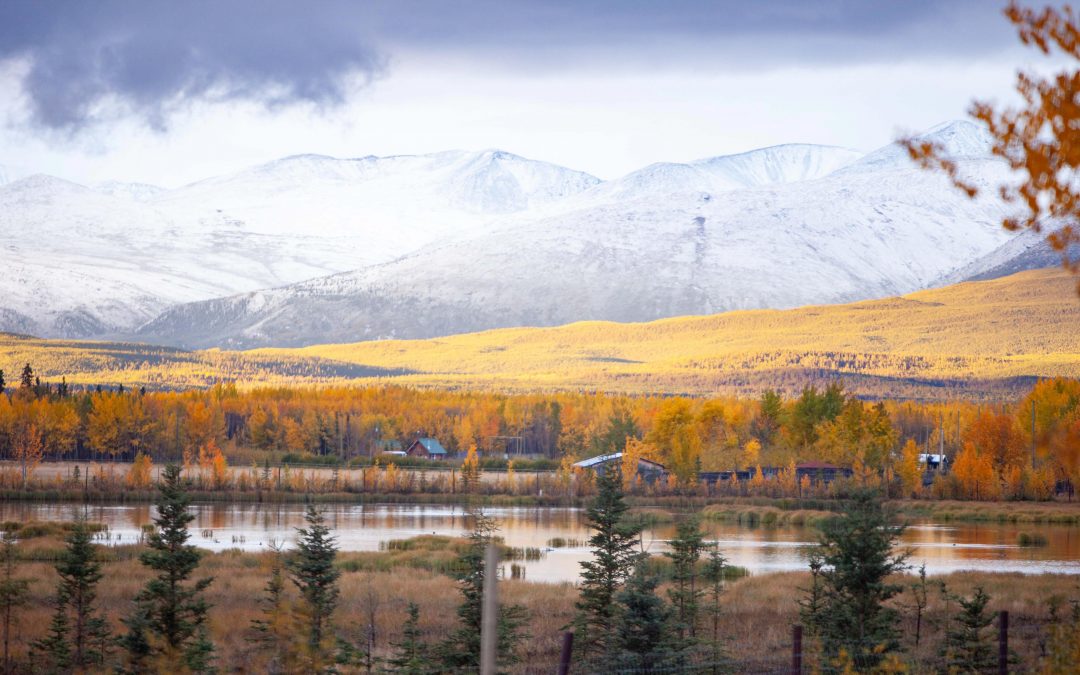
Fall In to Autumn
Fall In to Autumn
Birds begin their migration back to their southern overwintering grounds, after a summer spent mating, nesting, rearing young, and eating well. Before we see the V’s flying overhead, we often hear them honking and calling to each other.

Watson, in the foreground, has shed the velvet on his first year’s full antler growth.

Autumn means hibernation is coming. We’ve noticed a lessening of Arctic Ground Squirrel activity at Yukon Wildlife Preserve.
Summer is over, the cycle continues. Autumn is the clear signal to prepare for what’s ahead. Fall in to Autumn; experience the sights and sounds with enjoyment, wherever you are.


Julie Kerr
Visitor Services Coordinator
Julie is a Registered Veterinary Technologist, living and working in Whitehorse since 2012. She joined the team in May 2018. She is passionate about wildlife, nature and living in a conscious manner with both. Her free time is spent outdoors observing wild animals and ecosystems; her connection to the natural world around her brings great joy – joy she loves to share with anyone interested. Honestly? Work and life blend rather seamlessly.
